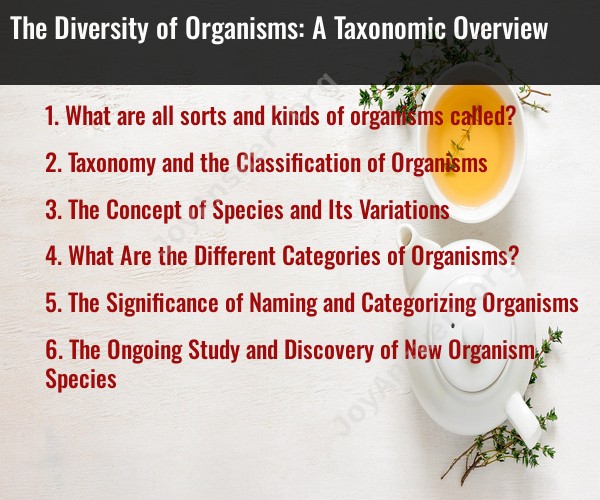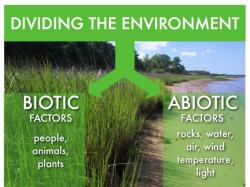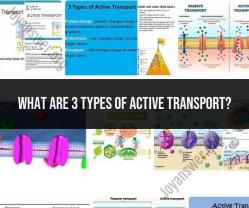What are all sorts and kinds of organisms called?
The diversity of organisms on Earth is categorized and organized into a hierarchical classification system known as taxonomy. Taxonomy is the science of naming, defining, and classifying living organisms based on shared characteristics and evolutionary relationships. The different levels of taxonomy, from the most general to the most specific, are as follows:
Domain: The highest level of classification, consisting of three main domains:
- Bacteria: Includes most common and diverse bacteria.
- Archaea: Contains single-celled microorganisms that often thrive in extreme environments.
- Eukarya: Encompasses all eukaryotic organisms, which have cells with a true nucleus. This domain includes animals, plants, fungi, and protists.
Kingdom: Under the domain Eukarya, organisms are further classified into several kingdoms. The most commonly recognized are:
- Animalia: Includes multicellular, heterotrophic organisms with no cell walls. This kingdom comprises animals.
- Plantae: Comprises multicellular, autotrophic organisms that perform photosynthesis. This kingdom includes plants.
- Fungi: Contains heterotrophic, typically multicellular organisms with cell walls made of chitin. This kingdom encompasses fungi.
- Protista: This is a diverse kingdom of mostly single-celled eukaryotes that do not fit into the other three kingdoms.
Phylum: Within each kingdom, organisms are grouped into phyla based on major structural and functional characteristics. For example, the phylum Chordata includes animals with a notochord, which includes vertebrates like mammals, birds, and fish.
Class: Phyla are further divided into classes, based on more specific characteristics. In the phylum Chordata, for instance, you find classes like Mammalia (mammals) and Aves (birds).
Order: Classes are subdivided into orders, which group organisms with even more closely related characteristics. For example, the order Carnivora includes many carnivorous mammals like cats and dogs.
Family: Orders are divided into families. The family Felidae, for instance, includes domestic cats, lions, and tigers.
Genus: Families are divided into genera, which are groups of closely related species that share a common ancestor. For example, the genus Panthera includes big cats like lions and leopards.
Species: The most specific level of taxonomy, species, refers to a group of organisms that can interbreed and produce fertile offspring. For instance, the species name for the domestic cat is Felis catus.
The scientific name of an organism consists of the genus and species names (binomial nomenclature), which allows scientists to communicate clearly about specific organisms regardless of language differences.
This hierarchical system of classification helps scientists and researchers categorize, study, and understand the immense diversity of life on Earth, from the smallest microorganisms to the largest mammals, and everything in between.
Taxonomy and the Classification of Organisms
Taxonomy is the science of naming, classifying, and describing organisms. It is a branch of biology that helps us to understand the diversity of life on Earth and the relationships between different organisms.
Taxonomists classify organisms into a hierarchical system, with each level of the hierarchy representing a more specific group of organisms. The highest level of the hierarchy is the kingdom, and the lowest level is the species.
The Concept of Species and Its Variations
A species is a group of organisms that can interbreed and produce fertile offspring. However, there is some variation within species, and not all members of a species are exactly alike.
This variation is due to a number of factors, including genetics, environment, and mutation. For example, two dogs of the same breed may look different, but they will still be able to interbreed and produce fertile offspring.
What Are the Different Categories of Organisms?
There are three kingdoms of life: Bacteria, Archaea, and Eukarya. Bacteria and Archaea are single-celled organisms, while Eukarya are multicellular organisms.
Eukarya is further divided into four kingdoms: Animalia, Plantae, Fungi, and Protista. Animalia includes animals, Plantae includes plants, Fungi includes mushrooms and yeasts, and Protista includes a variety of unicellular and multicellular organisms.
The Significance of Naming and Categorizing Organisms
Naming and categorizing organisms is important for a number of reasons. It helps us to:
- Identify and communicate about different organisms.
- Understand the relationships between different organisms.
- Study the evolution of life on Earth.
- Manage and conserve biodiversity.
The Ongoing Study and Discovery of New Organism Species
Taxonomists are constantly discovering new species of organisms. This is because the Earth is home to a vast diversity of life, and many of these organisms have yet to be discovered.
New species are discovered in a variety of ways, including through field research, laboratory studies, and genetic analysis. For example, in 2022, scientists discovered a new species of monkey in the Amazon rainforest, and a new species of whale in the Gulf of Mexico.
The discovery of new species is important because it helps us to better understand the diversity of life on Earth. It also helps us to identify and protect endangered species.
Conclusion
Taxonomy is an important science that helps us to understand the diversity of life on Earth and the relationships between different organisms. Taxonomists classify organisms into a hierarchical system, with each level of the hierarchy representing a more specific group of organisms.
The concept of species is central to taxonomy, and taxonomists are constantly discovering new species of organisms. Taxonomy is an important science for understanding the diversity of life on Earth, managing and conserving biodiversity, and identifying and protecting endangered species.













